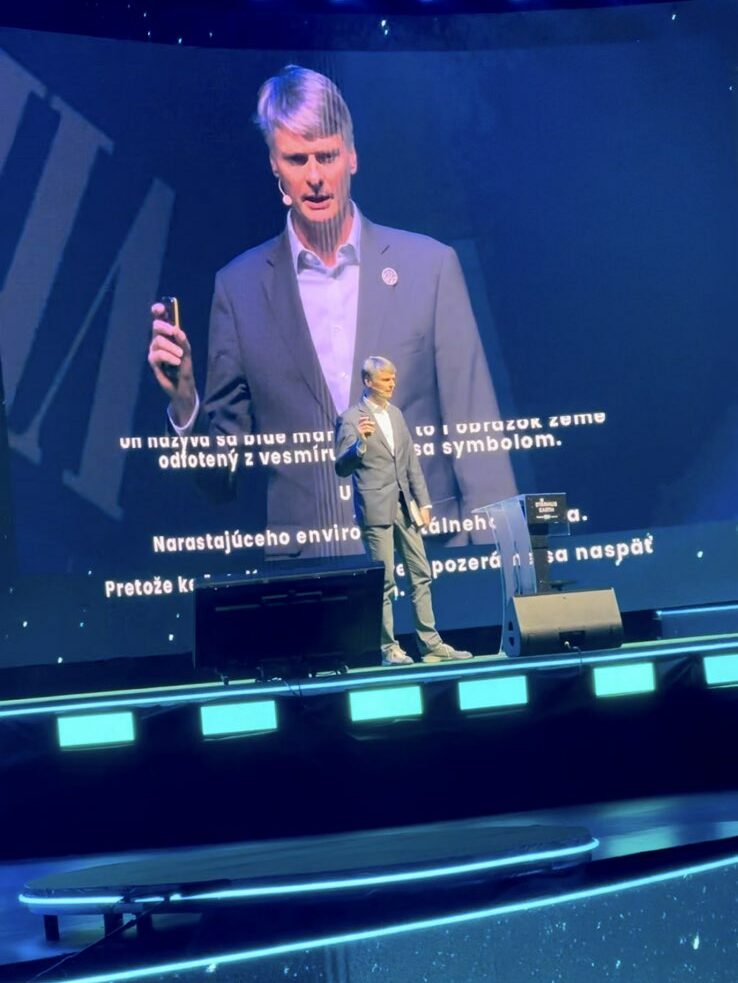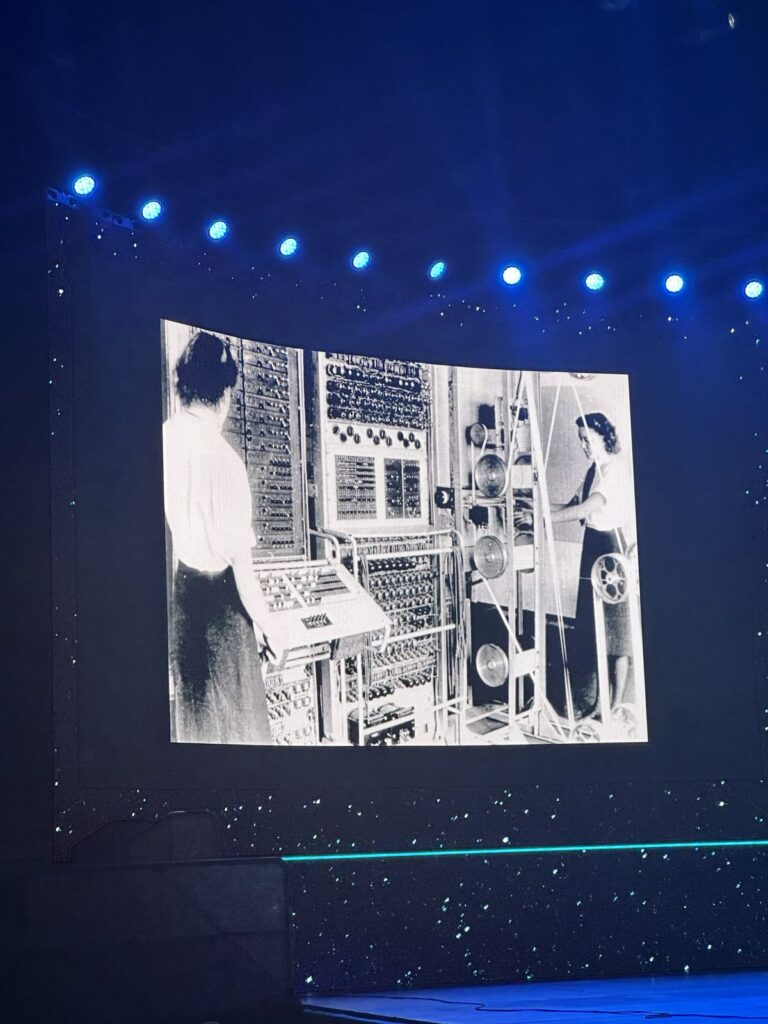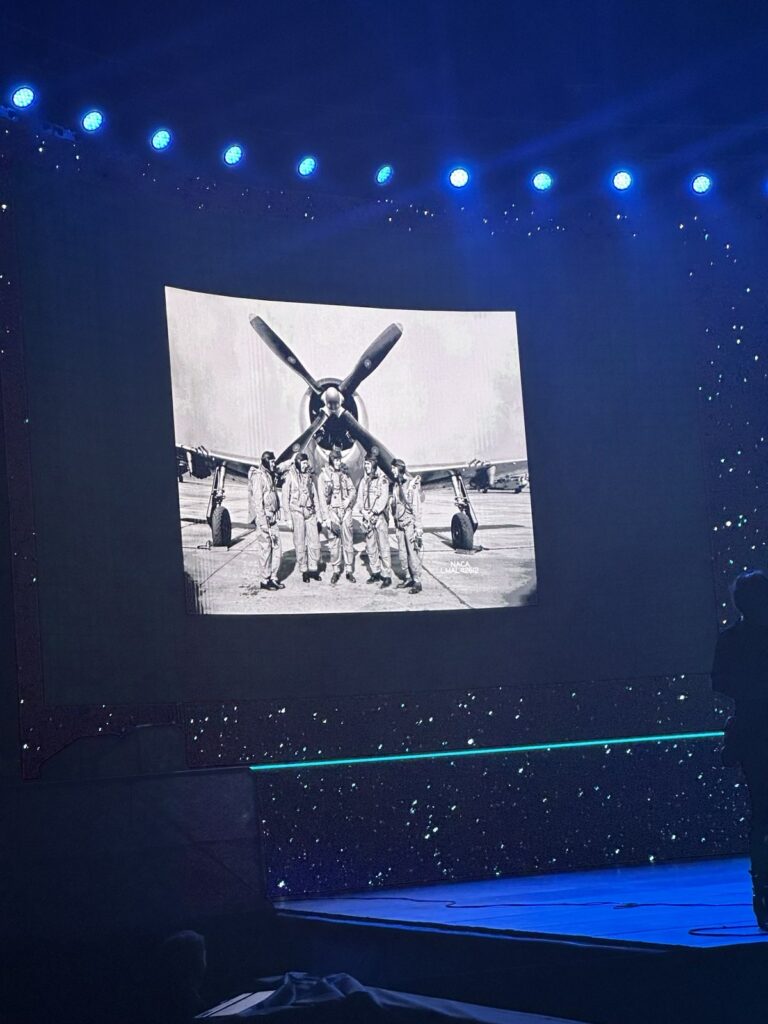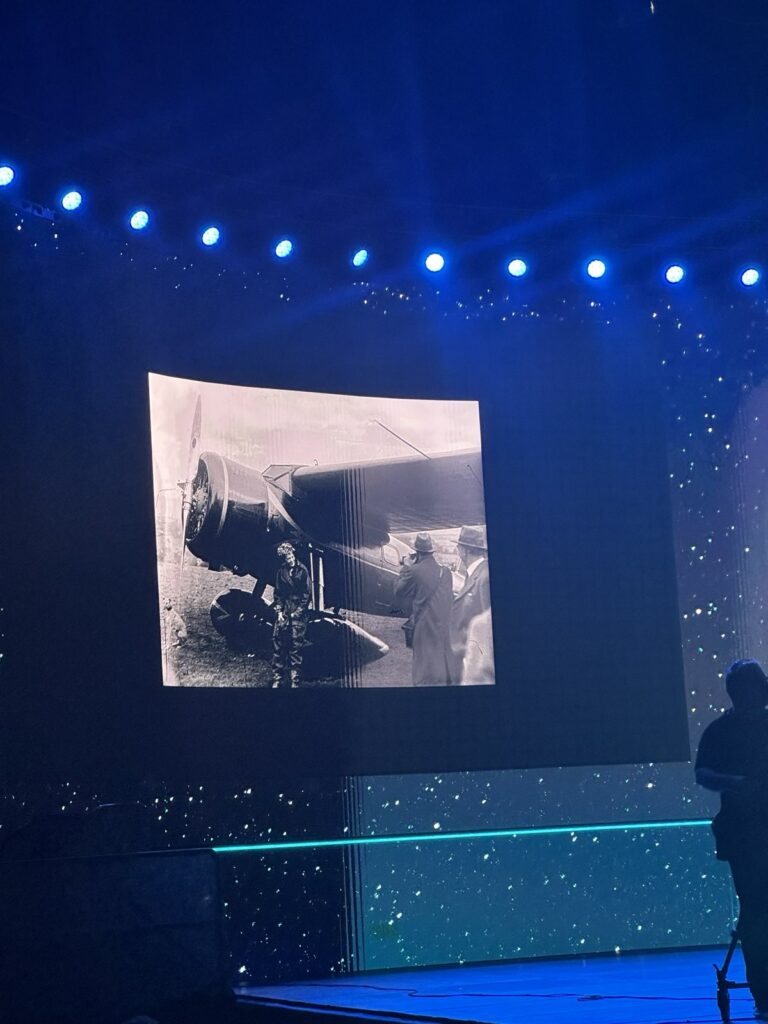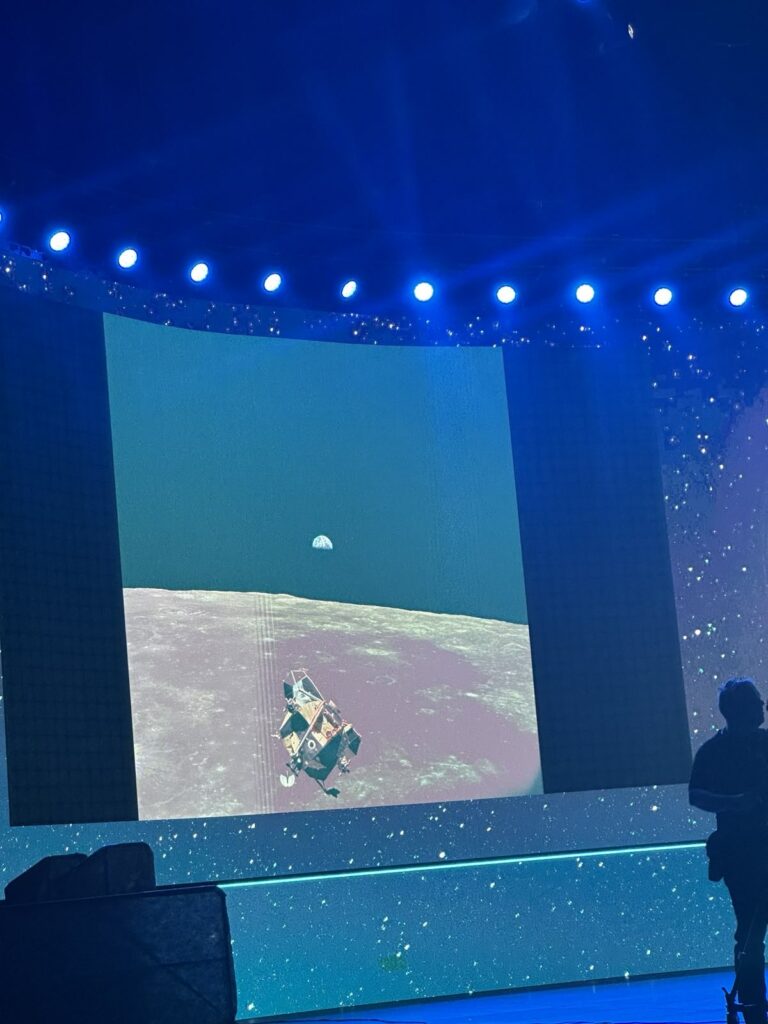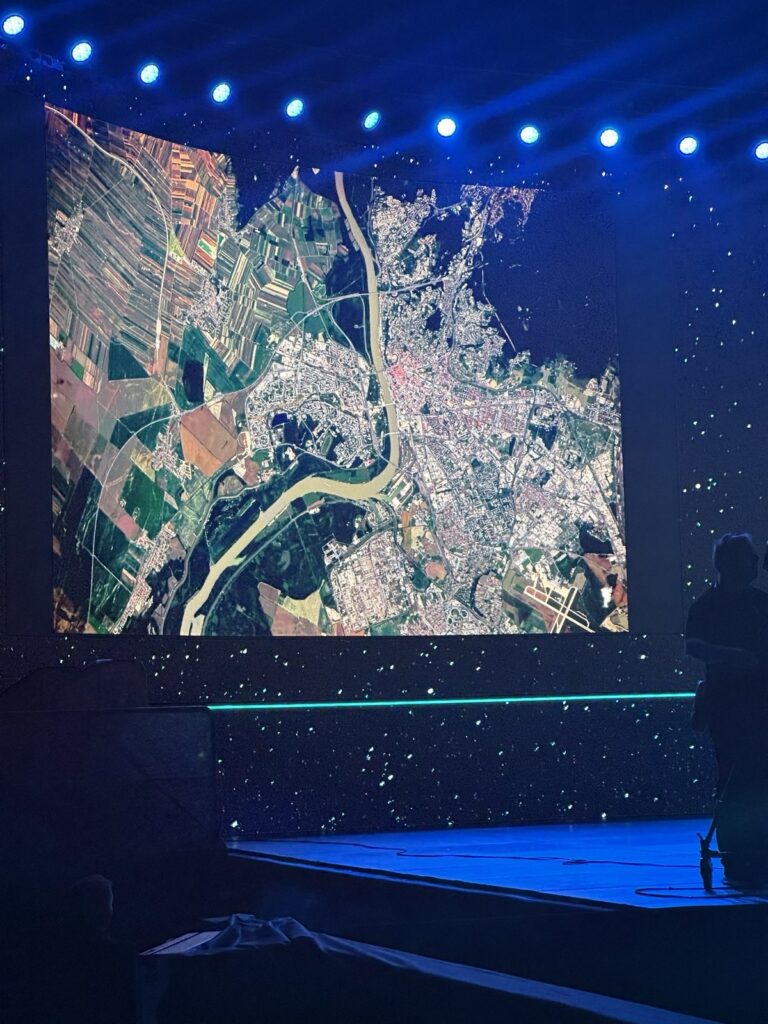Starmus Festival: Science, Art and AI
The Starmus Science Festival, known for its unique combination of scientific lectures, music, and art, was held this year in May in Bratislava. This unique festival attracted numerous science enthusiasts who enjoyed inspirational presentations and discussions with leading scientists from around the world.
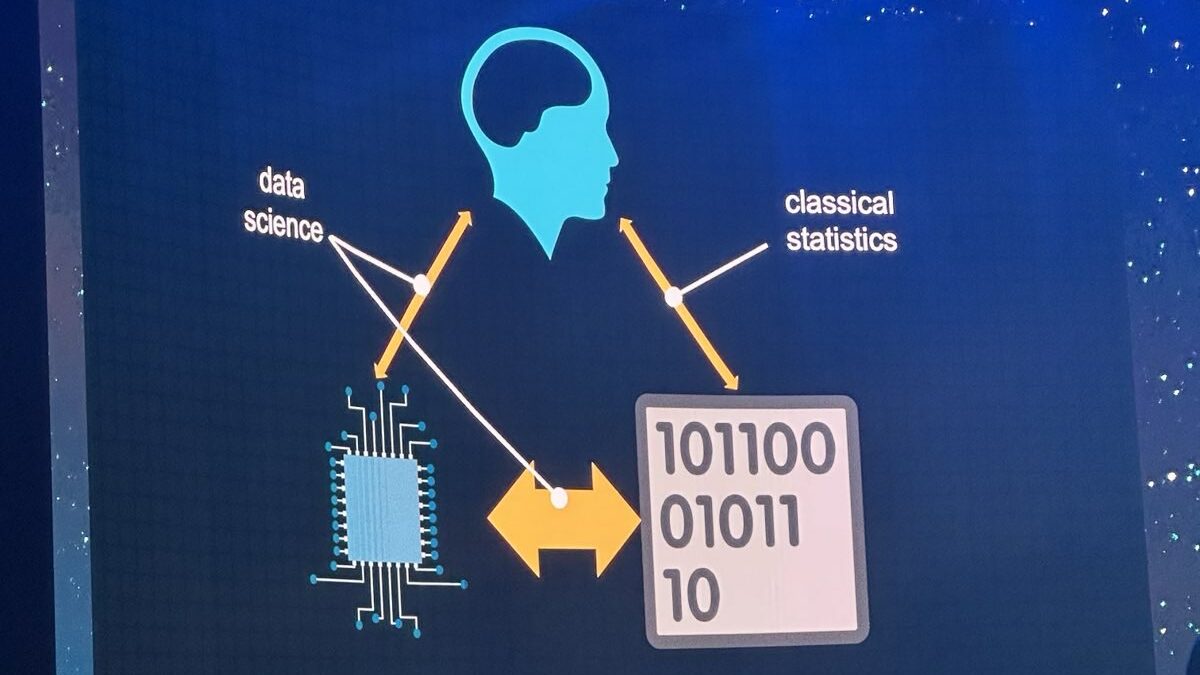
The festival was not just about passively watching lectures. Participants had the opportunity to engage directly in various scientific demonstrations and interactive activities that provided practical examples of scientific principles. The demonstration booths were popular spots where visitors could try out different experiments and technologies.
In the panel discussions, experts also addressed ethical questions and the societal impact of new technologies. These discussions provided a deeper understanding of the challenges we face in connection with rapid technological advancement. One of the most intriguing lectures of the festival was given by Neil Lawrence, titled "What Makes Us Unique in the Age of AI." Neil Lawrence, a renowned scientist in the field of artificial intelligence, covered a wide range of topics related to our uniqueness in an era of rapid AI development. He discussed how we can preserve human values and abilities at a time when artificial intelligence is increasingly penetrating our lives. The lecture was inspiring and provided deep insights into the future of human-technology interaction.
Neil Lawrence spoke about the importance of an interdisciplinary approach in science and technological progress. His presentation emphasized how crucial collaboration between different fields is to achieving significant scientific discoveries. He pointed out that the combination of various scientific disciplines can lead to new and groundbreaking insights.
Another part of the lecture focused on the latest discoveries in space. Lawrence used visualizations and animations to explain complex concepts in a simple way, which appealed to the general audience. During the lecture, he also addressed the history of space exploration. He illustrated his points with numerous historical photographs and videos, which added an authentic and informative character to his presentation. Another significant topic was breakthroughs in genetics and biotechnology. Lawrence explained how these new technologies have the potential to treat previously incurable diseases and improve the quality of life for many people. In discussions about artificial intelligence, he emphasized its ability to transform various sectors, including medicine, transportation, and education. He stressed the importance of ethics and responsibility in the development and implementation of AI technologies.
Another crucial point in his lecture was the advancements in renewable energy sources and sustainability. He highlighted the importance of investing in solar and wind energy and innovative technologies that can help reduce the carbon footprint. The discussion also focused on global initiatives and cooperation between different countries to address climate change. Lawrence also focused on the latest technologies in medicine, particularly AI, explaining how artificial intelligence helps doctors diagnose diseases more quickly and accurately. He also spoke about how new technologies enable personalized medicine tailored to individual patients.
Another topic was quantum technology in computers and communication. He emphasized how quantum computers can revolutionize various sectors, including medicine and finance, by allowing faster and more efficient information processing. He also discussed the importance of oceans for our planet and the need to protect them. He warned about threats like pollution and climate change that endanger the marine ecosystem and stressed the need for international cooperation in ocean protection.
Finally, he addressed the issue of space debris and its impact on future space missions. He discussed technologies and strategies being developed to address the growing problem of debris in orbit. The final part of the lecture focused on the challenges and benefits of integrating neuroscience and artificial intelligence. He discussed how AI can help understand and treat neurological disorders and how studying the brain can contribute to the development of smarter AI systems.
Lawrence also talked about ecological innovations and their potential to change the way we live and work. He discussed how new technologies can contribute to sustainable development and reduce the negative impact on the environment. He also addressed the development of space technologies and their potential to improve life on Earth. He spoke about how space research contributes to progress in areas such as material sciences, energy, and communication.
The last discussion focused on the importance of education in science and technology for future generations. Lawrence emphasized the need for investments in educational programs that promote critical thinking and innovative solutions to global problems. He also discussed virtual reality (VR) technology and its applications in education and healthcare. He explained how VR can enhance learning by providing immersive and interactive environments and how it can help patients in rehabilitation and therapy.
The latest information emphasized the importance of interdisciplinary research and collaboration between different scientific fields. Lawrence explained how the combination of various expertise can lead to innovative solutions to complex global problems such as climate change and health crises (pandemics).
Scientific and Artistic Projects
The festival also brought a discussion about the future of art and science. Collaboration between artists and scientists was showcased through various multimedia projects that demonstrated how these two worlds can come together to create innovative and inspiring works.
The Starmus festival is not only a celebration of science but also a platform for sharing knowledge and inspiration. This year's edition in Bratislava once again highlighted the importance of dialogue between science and the public. It allowed scientists, artists, and the general public to meet, discuss, and jointly seek solutions to current global challenges. We are already looking forward to the next editions and the new discoveries they will bring.
About Starmus Festival
Starmus is a festival of science, art, and music created by Garik Israelian, PhD., an astrophysicist from the Institute of Astrophysics of the Canary Islands (IAC), and Sir Brian May, PhD., an astrophysicist and the lead guitarist of the iconic rock band Queen. It consists of presentations by astronauts, cosmonauts, Nobel laureates, thinkers, and prominent figures from various scientific and musical fields. Starmus brings these exceptional people together to share their knowledge and experiences and to jointly seek answers to humanity's big questions.
Stephen Hawking Medal for Science Communication
In 2015, Stephen Hawking and Alexei Leonov, along with Brian May, created the Stephen Hawking Medal for Science Communication, awarded to individuals and teams for significant contributions to science communication. Previous recipients of the Stephen Hawking Medal include Dr. Jane Goodall, Elon Musk, Neil deGrasse Tyson, Brian Eno, Hans Zimmer, and the documentary Apollo 11.
This year's Starmus festival brought a wealth of new knowledge and inspiration that will resonate with participants and the general public for a long time. The festival once again confirmed its important role in promoting science, art, and education worldwide.
